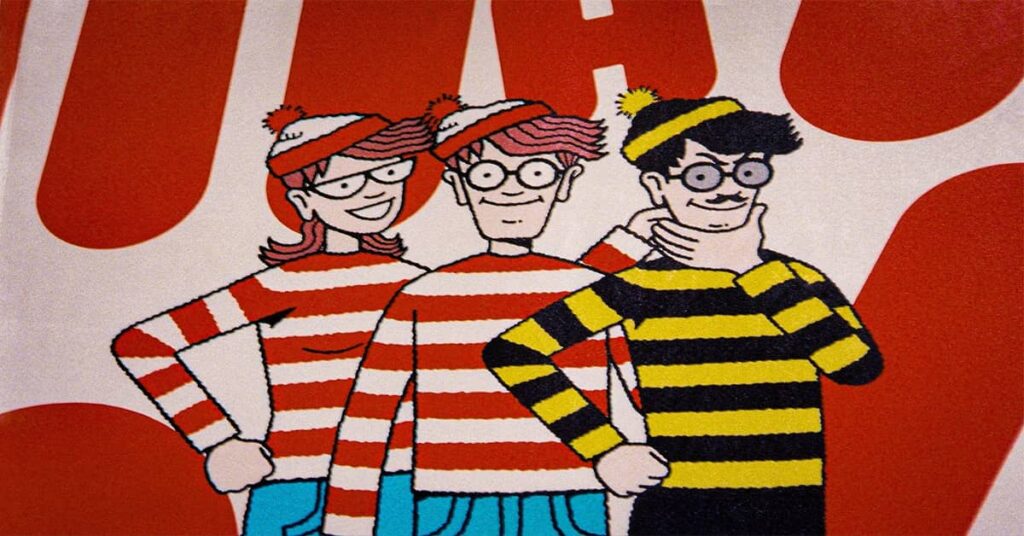The Psychology Of Animated Characters: Why We Connect With Them
The Psychology of Animated Characters is an intriguing field that delves into why we, as viewers, form connections with characters made of lines and colors.
Animation as a medium has the ability to tell stories and convey emotions just as powerfully as live action.
The psychology behind our attachment to animated characters can be attributed to a multitude of factors ranging from the relatability and complexity of characters to the art style and nostalgia they invoke.
The Psychology Behind South Park’s Enduring Appeal
South Park, a well-known animated television series, has managed to captivate audiences since the late ’90s.
Its unique blend of satirical humor, political commentary, and relatable characters have etched it into pop culture.
What is it about the crude art style and the antics of four children in a fictional Colorado town that has us hooked? Let’s break it down.
Taking An Online Quiz: Which South Park Character Are You?
Online quizzes that determine which character you are most like have become a sensation.
By answering questions about your personality and preferences, these quizzes match you with a character from the show.
For South Park enthusiasts, it’s a fun way to engage and connect with the series on a personal level.
These quizzes work by highlighting aspects of our own personalities that are reflected in the characters.
For instance, if you are rebellious and value freedom, you might be matched with Eric Cartman. Identifying with a character creates a sense of belonging and a deeper connection to the show.
It personalizes the experience, making the characters feel more real and relatable, which further enhances the viewer’s attachment to the series.
South Park’s Social Commentary And Catharsis
South Park is notorious for its unapologetic social commentary.
The show addresses various social issues, often in exaggerated and humorous ways.
Through this, viewers can see reflections of real-world problems and injustices, making the series relevant and impactful.
By using humor to address these issues, South Park provides a form of catharsis for the audience.
Watching characters navigate through exaggerated versions of societal challenges allows viewers to, in some way, process their own thoughts and emotions concerning these issues. This catharsis, combined with the show’s ability to remain topical, creates a psychological attachment.
Relatability Of Flawed Characters
The characters in South Park are far from perfect; they are flawed, and that’s what makes them relatable.
Viewers see parts of themselves in the characters’ imperfections and struggles. This connection through vulnerability builds a bond as viewers root for characters who showcase human frailties.
By doing so, South Park uses psychology to its advantage, making characters who might otherwise be absurd or offensive, engaging and endearing.
The Art Style And Nostalgia
The art style of an animated series is pivotal in establishing a connection with the audience.
A visually appealing or unique art style can draw viewers in, while nostalgia can keep them coming back.
The Attraction Of Unique Art Styles
Animated characters are often designed with exaggerated features that highlight specific traits.
In South Park, the simplistic and almost childlike art style juxtaposes the complex themes the show addresses.
This contrast is visually intriguing and contributes to the show’s charm. In other animations, highly detailed or stylized art can evoke emotions and enhance storytelling, allowing for a more immersive experience.
Nostalgia’s Warm Embrace
Nostalgia is a powerful psychological force. For many, animated shows are a reminder of childhood.
Revisiting these characters and settings can elicit a sense of comfort and belonging.
Even for those new to a series, the art style or themes can evoke a sense of nostalgia for times, places, or emotions that are familiar. This bond through shared memory or feeling can create a strong attachment to animated characters.
The Evolution Of Art And Keeping Viewers Engaged
As an animated series progresses, often its art evolves. This evolution can signify growth and change, mirroring the viewers’ own lives.
As characters develop and art styles refine, it reflects the passage of time and the evolution of society, which keeps the content fresh and the viewers engaged.
The Complexity And Growth Of Characters
Animated characters often experience growth and development throughout a series.
This complexity is essential in establishing a deeper connection with the audience.
Characters With Depth And Real Emotions
Characters that exhibit a range of emotions and face challenges head-on are more relatable.
The audience connects with them on an emotional level, as they see their own struggles, dreams, and disappointments reflected in these characters.
The Hero’s Journey And Personal Triumphs
Many animated series employ the classic Hero’s Journey narrative.
Watching a character overcome obstacles and evolve over time resonates with viewers, as it parallels their own experiences and aspirations.
This connection intensifies as the audience emotionally invests in the characters’ journey.
Relationships And Interpersonal Dynamics
The relationships that characters form with each other also play a significant role in establishing connections with the audience.
Friendships, romances, and even rivalries in animated series reflect the complexity of human relationships.
As viewers, seeing these dynamics unfold allows for further engagement and emotional attachment to the characters and the story.
Final Thoughts
In essence, the allure of animated characters lies in their ability to mirror human complexities, evoke emotions, and present artistic ingenuity.
South Park exemplifies this through relatable, flawed characters and sharp social commentary, whilst its art style serves as a conduit for nostalgia and engagement.
The richness of characters manifest in emotional depth and growth, forms an intrinsic bond with the viewer.
The relationships they cultivate, mirroring our own, further strengthen this bond. As animation continues to evolve, it remains a powerful medium that transcends age and culture.
The psychological connections we establish with animated characters are not just a testament to good storytelling but also reflect our intrinsic desire for understanding, belonging, and emotional catharsis.
These characters, in their colorful worlds, resonate with us because they hold a mirror to our own hopes, dreams, and imperfections.


